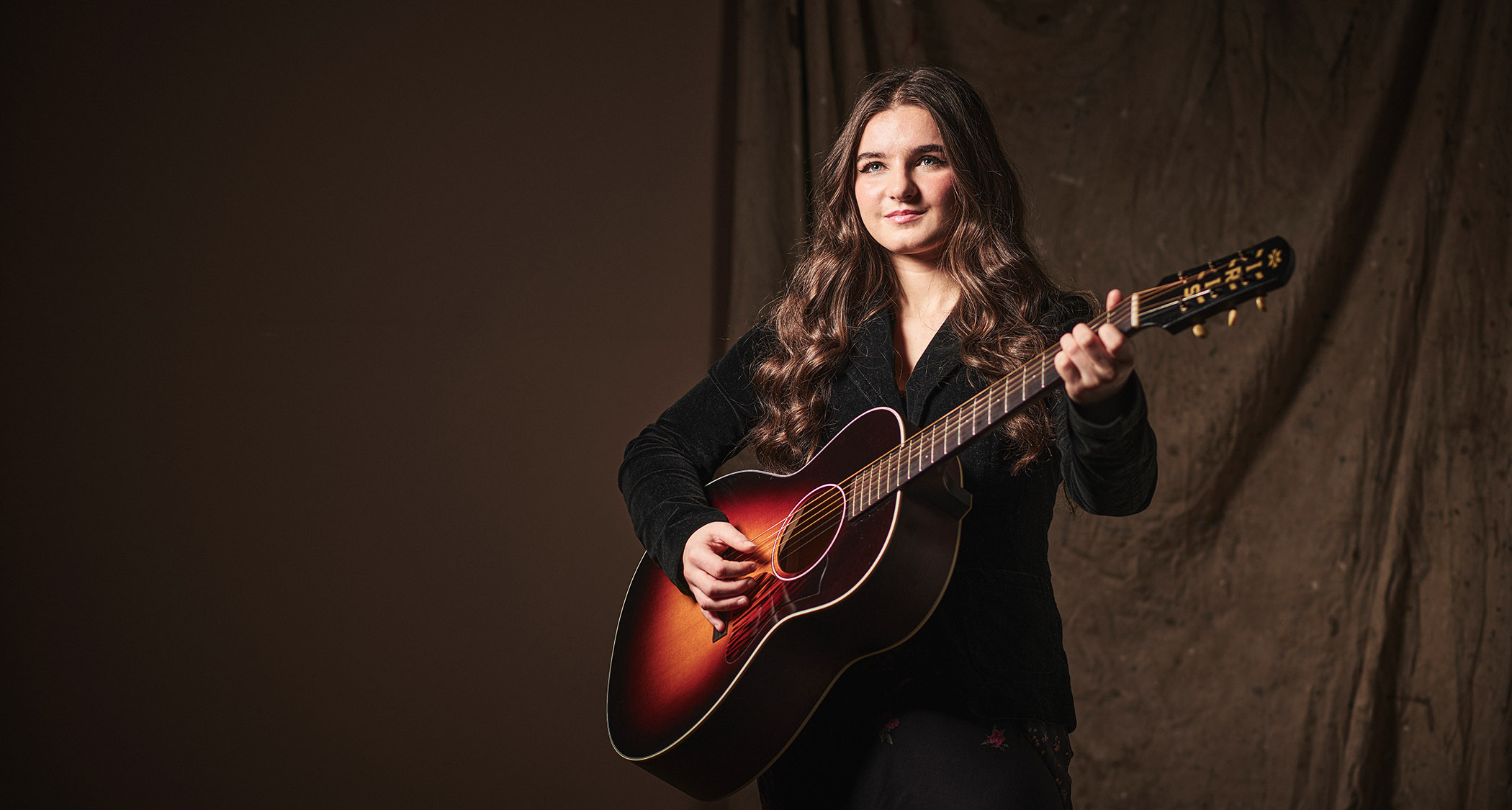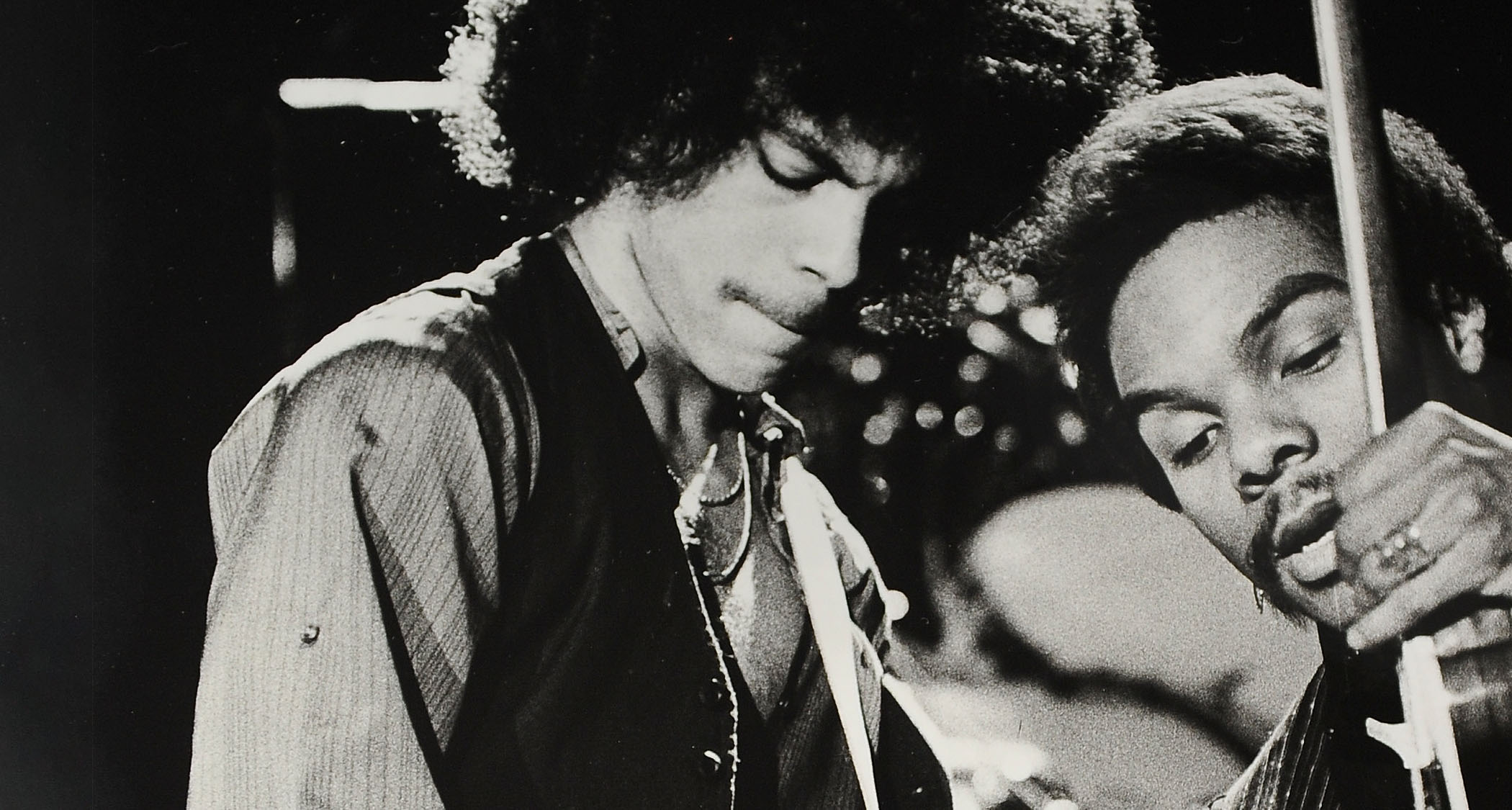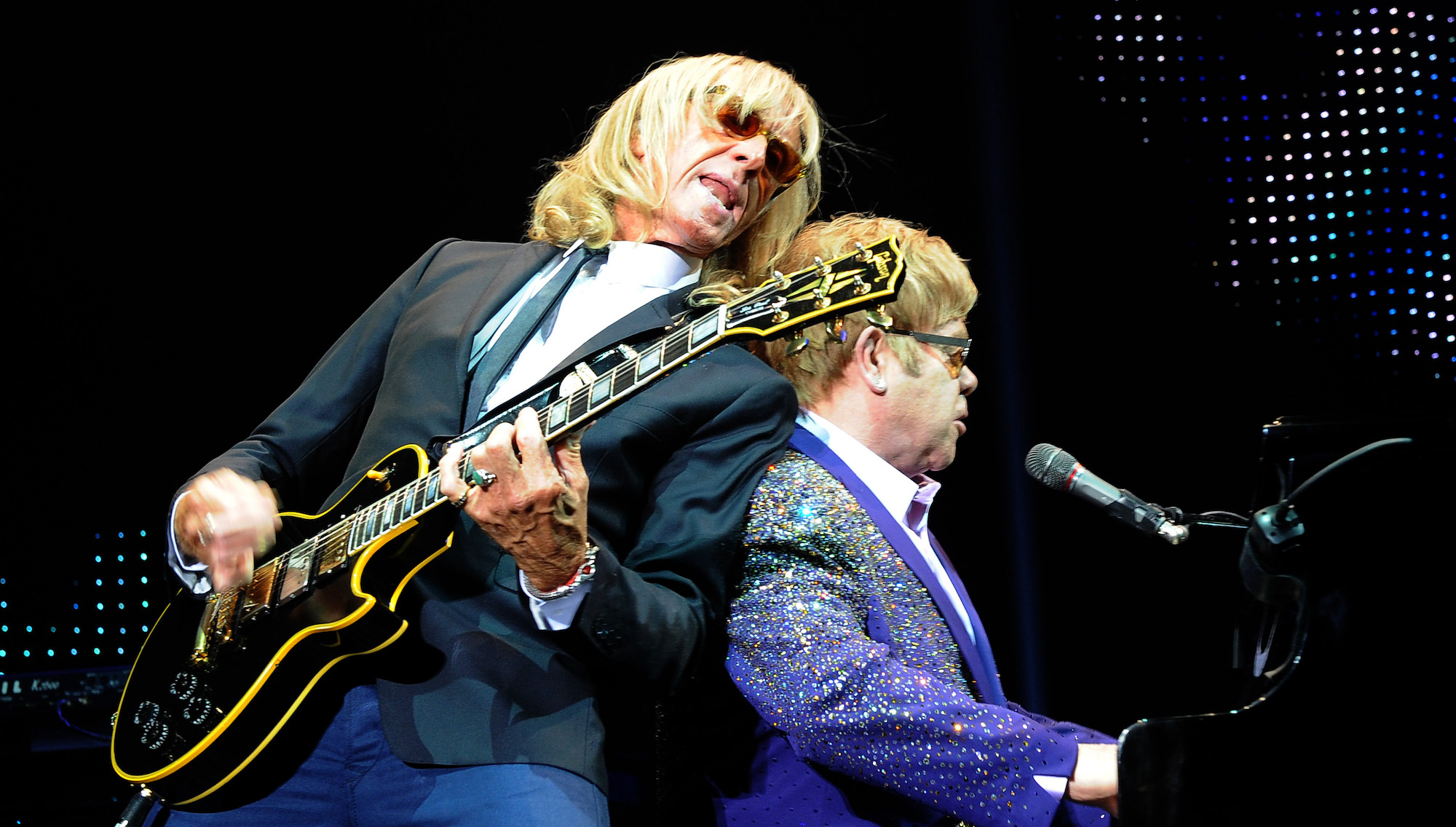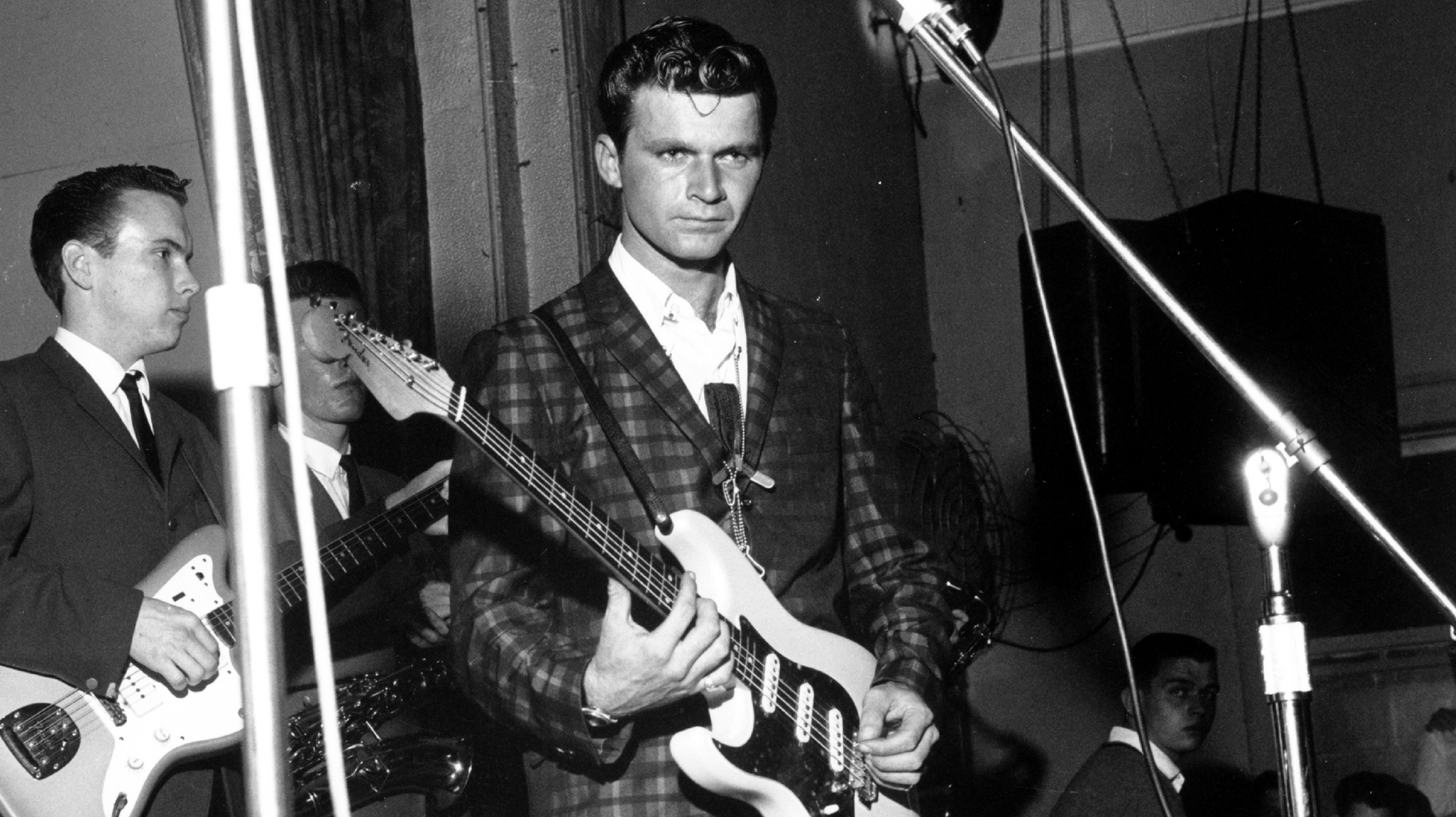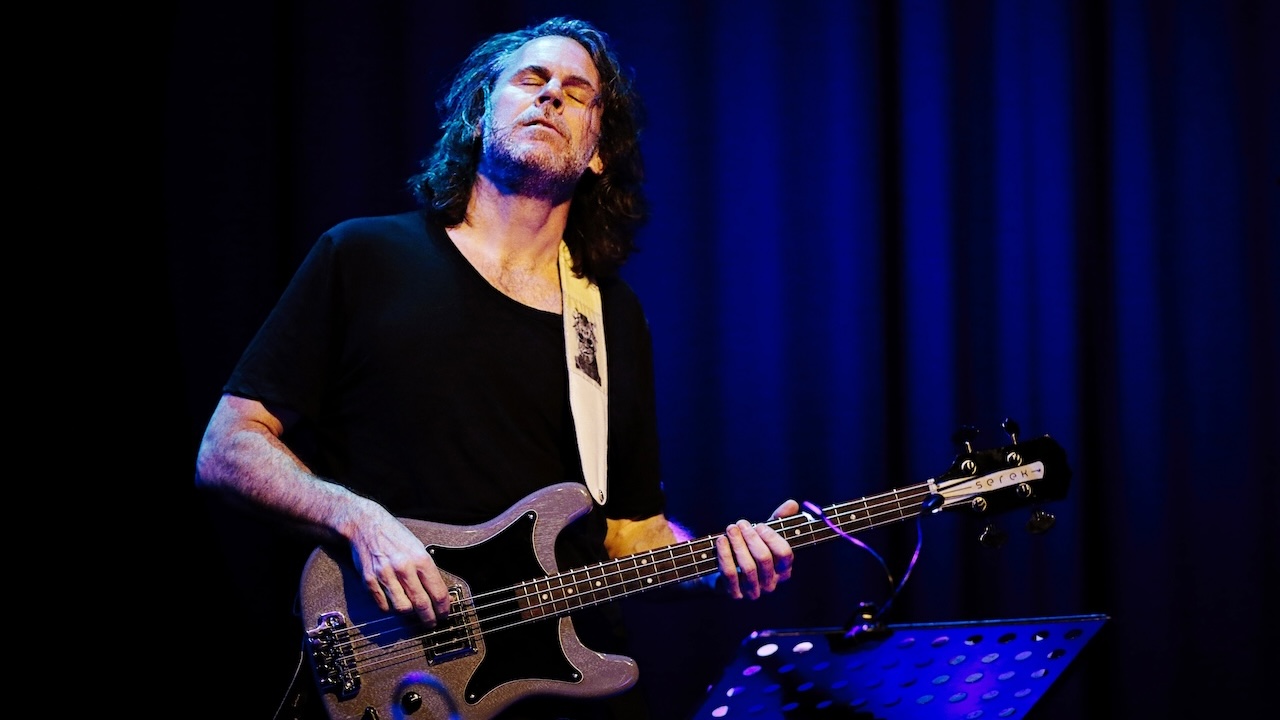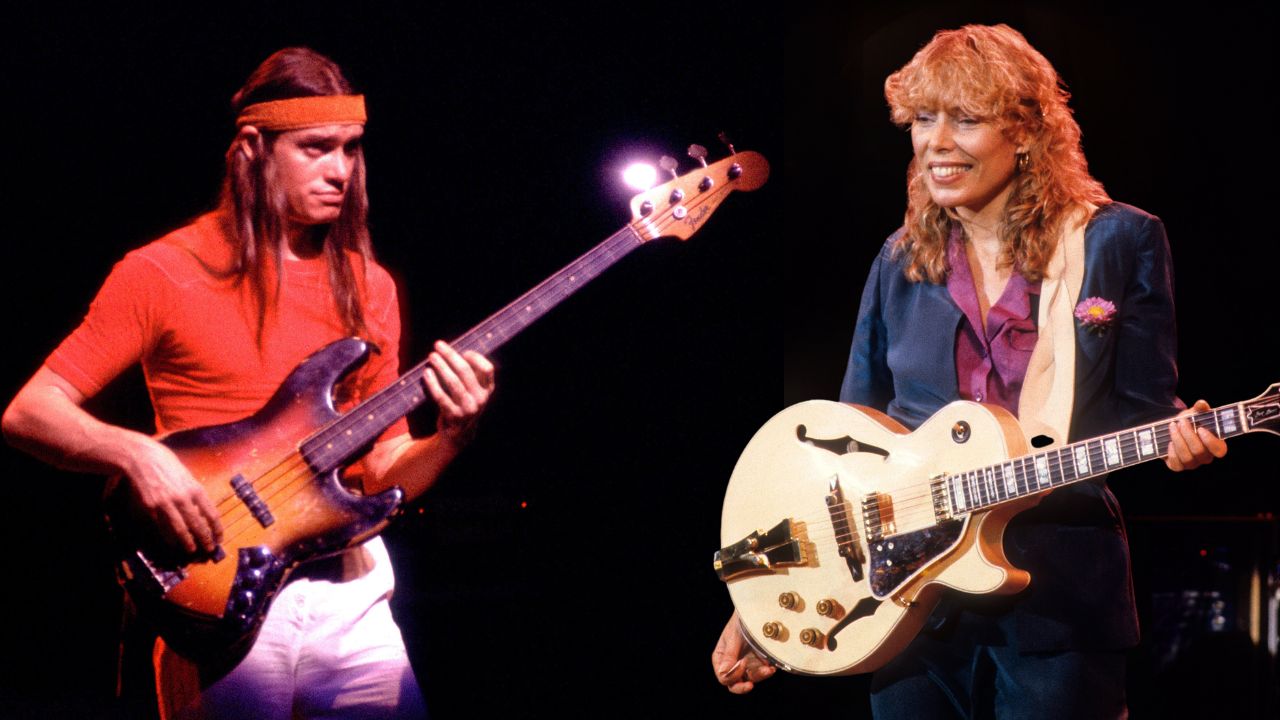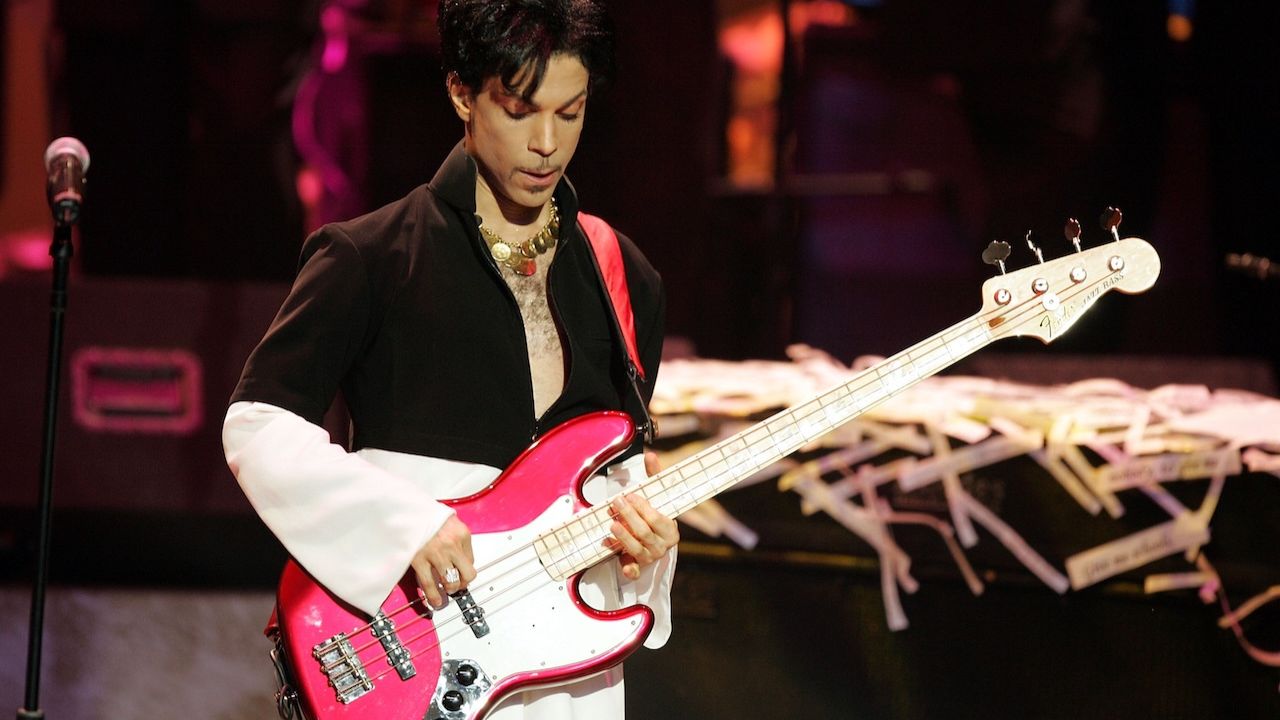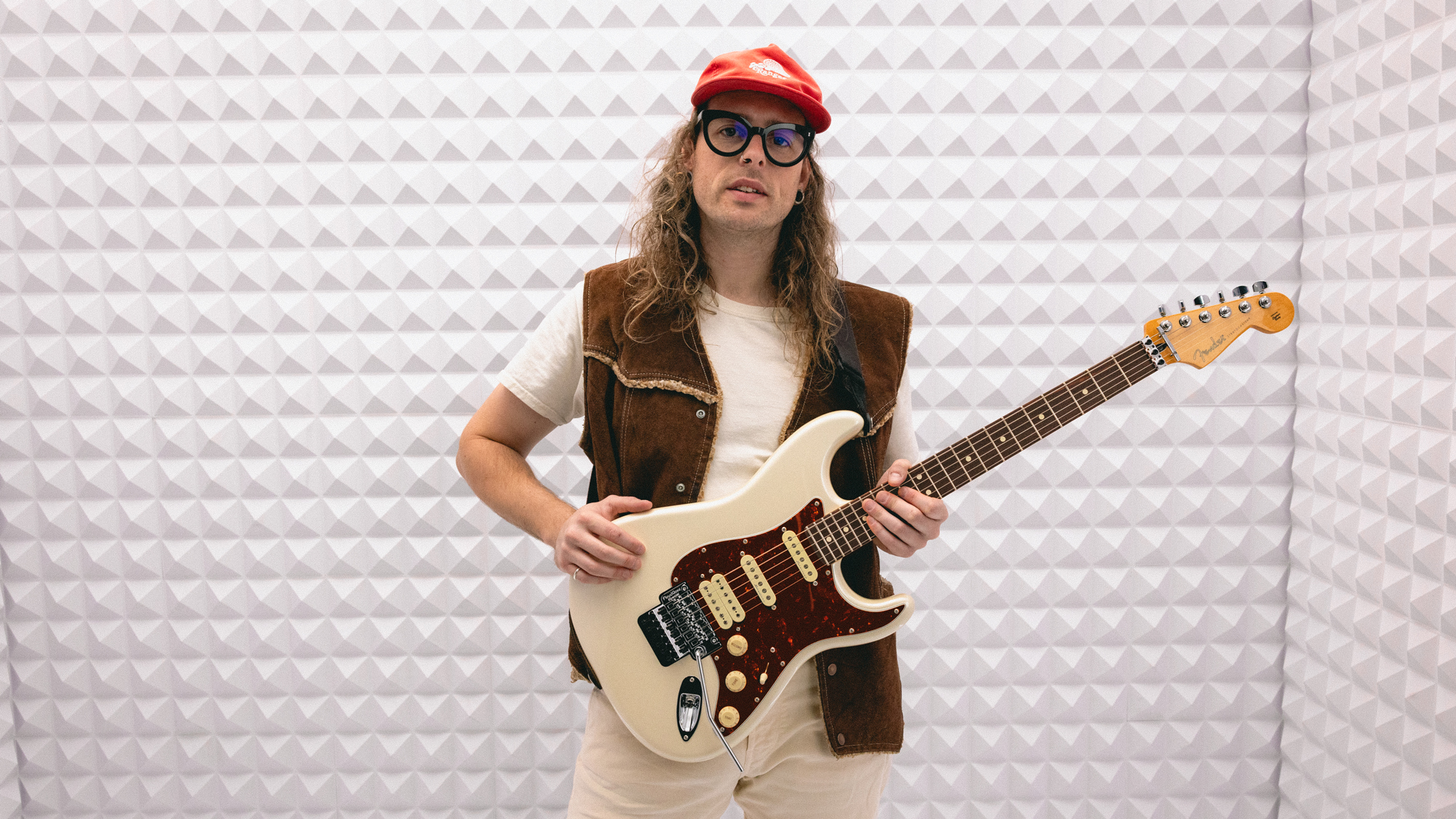“They had to fight to get the bass that high in the mix. I thought it was too much”: How do you anchor a band like Pleasure? If you’re Nate Philips, you do it with a formidable slap technique
Pleasure’s fusion-influenced dance music reached its peak with Glide, the Top 10 R&B single from Future Now
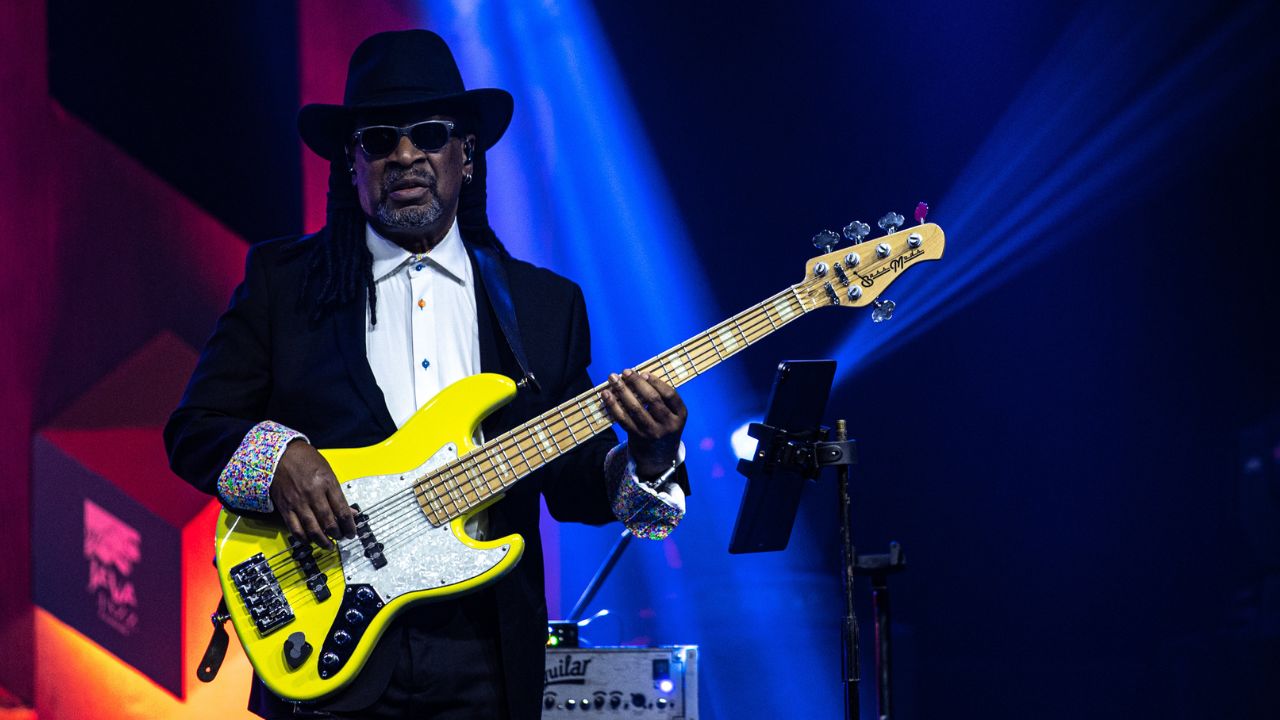
At a time when funk had a firm foothold around the Great Lakes, where bands like Parliament, the Ohio Players, Slave, and Earth, Wind & Fire cranked out industrial-strength soul, Portland, Oregon’s Pleasure was happy to blaze its own jazzy dance trail in the Northwest.
“We were sort of isolated up there,” bassist Nate Phillips told Bass Player, “so we just did our own thing.”
The group’s fusion-influenced dance music reached its peak with Glide, the Top 10 R&B single from the album Future Now. The tune sports some of the finest bass work of the era, as Phillips drives the track with his formidable slap technique.
“Everybody asks how I got that tone. I used my ’70 Fender Jazz, which has a maple fingerboard with block inlays. I remember putting a fresh set of Rotosound roundwounds on right before doing that take.”
Phillips grew up working the berry and bean fields outside Portland, where AM pop radio was his escape from the bugs, dirt, cold, and hunger. “My brother and I would play R&B records, and we’d turn them up so loud they would engulf me!”
By the time he was old enough to sneak into clubs, Phillips had started playing around town.
“We were doing songs by Kool & the Gang, the Ohio Players, and Dyke & the Blazers, but we were also influenced by jazz and early fusion, like Herbie Hancock’s Fat Albert Rotunda, Miles Davis’ Bitches Brew, and stuff on producer Creed Taylor’s CTI label.”
Get The Pick Newsletter
All the latest guitar news, interviews, lessons, reviews, deals and more, direct to your inbox!
Phillips spawned the lick that became Glide on a visit to his mother’s house in Portland. “I had my Fender Jazz Bass with me – I always took it wherever I went. I was messing around playing 10ths, because I had noticed guys like Chuck Rainey doing that a lot.
“After about 20 minutes of working it out, I taped it and left it alone until our next rehearsal. When I played the line, everybody just fell in perfectly – I didn’t have to say anything.
“I have to give it up to them and their energy and enthusiasm. I’m deeply flattered and humbled by the comments young bass players make about the song – it blows me away. But I didn’t do it alone.”
Naturally, you’ll want to loosen up before sliding on into Glide. It’s a challenging line that’ll give your thumb a real workout, and it’ll have your fretting hand jumping up and down the neck.
Phillips kicks off the intro groove with a string of disco octaves, positioning his hand so his thumb is roughly parallel to the strings and popping with his index finger. Things start to heat up after the ghost-note pickup to bar 3, where he follows up his hammer-on with a slide into G and a sturdy syncopated figure.
On various repeats of this intro line, Phillips fills out his line with muted ghost-notes. “I'd throw those little ghost-notes in there to keep the line moving.”
Phillips rests for most of bar 4, leaving room for Marlon McClain’s snaky guitar licks until his authoritative pop on D. (Note: There are a few different edits of Glide, including the full 6:31 album track and a 4:24 radio edit. The second ending at bar 12 can only be heard on the full version.
What follows is a tight little four-bar phrase that has just about every trick in a funk bassist’s tool kit – double-stops, slides, hammer-ons, double-thumbing, triplets – you name it!
“Our engineer Phil Kaffel said, ‘Your bass sounds so good, let’s just go straight into the 24-track.’ When we mixed it, I think he used Keypex or a Urei compressor. They had to fight to get the bass that high in the mix. I thought it was too much; I love hearing other bass players real loud, but not myself.”
Phillips gets a jump on the verse groove by anticipating the one on the pickup to bar 23 at 00:45, where he first plucks the double-stopped 10ths with his thumb and index finger. The upbeat chromatic slide into the C#m double-stop sets up that bar’s downbeats so they have maximum impact.
In 00:51, his bassline becomes hyperkinetic, as he uses a double-stop slide to connect two impossibly funky licks. Be sure to drill this passage at moderate tempos before taking it on at full speed – the beginning of this line is pretty sparse, but it really picks up.
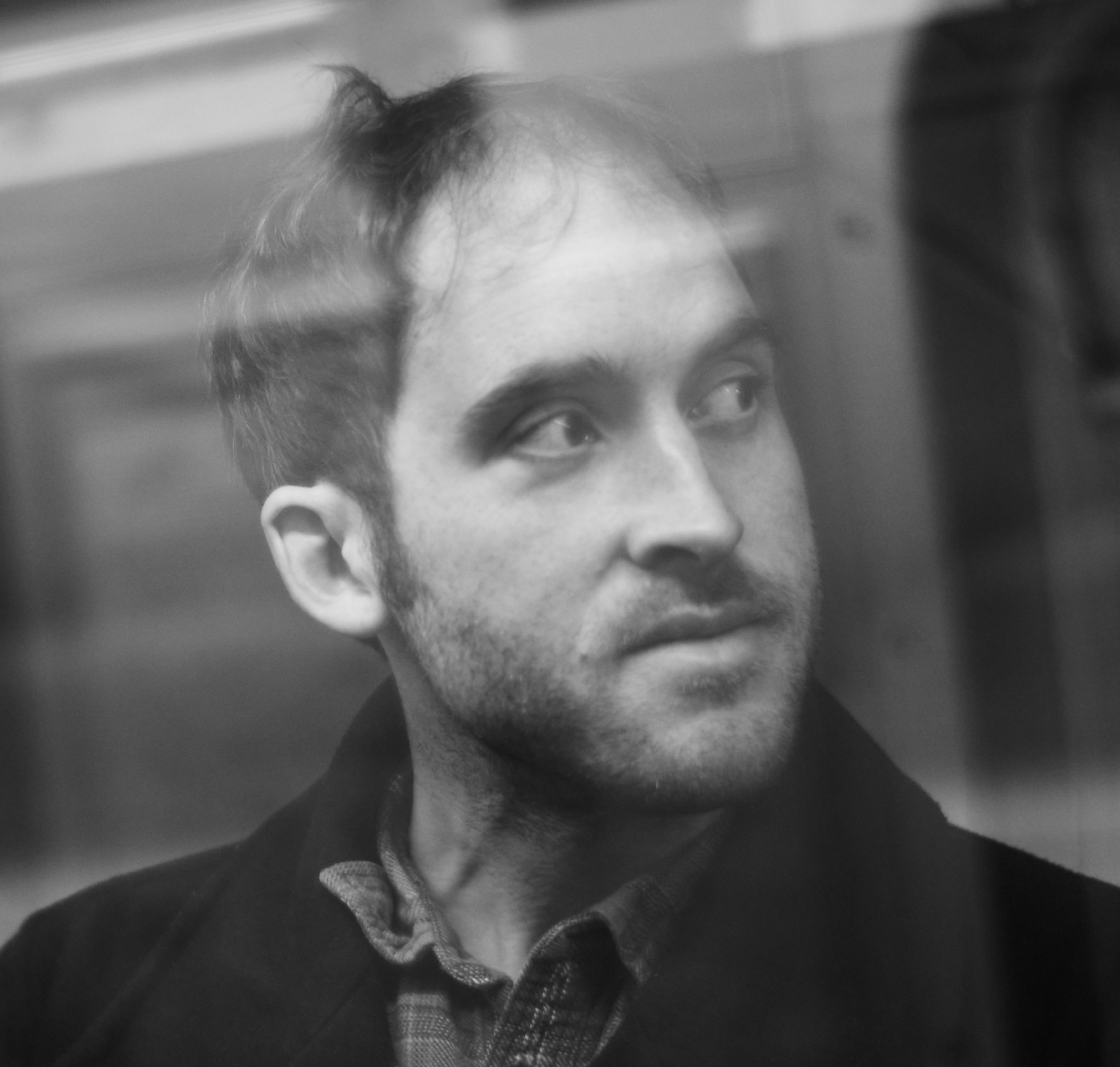
Nick Wells was the Editor of Bass Guitar magazine from 2009 to 2011, before making strides into the world of Artist Relations with Sheldon Dingwall and Dingwall Guitars. He's also the producer of bass-centric documentaries, Walking the Changes and Beneath the Bassline, as well as Production Manager and Artist Liaison for ScottsBassLessons. In his free time, you'll find him jumping around his bedroom to Kool & The Gang while hammering the life out of his P-Bass.
You must confirm your public display name before commenting
Please logout and then login again, you will then be prompted to enter your display name.
“When I first heard his voice in my headphones, there was that moment of, ‘My God! I’m recording with David Bowie!’” Bassist Tim Lefebvre on the making of David Bowie's Lazarus
“One of the guys said, ‘Joni, there’s this weird bass player in Florida, you’d probably like him’”: How Joni Mitchell formed an unlikely partnership with Jaco Pastorius
